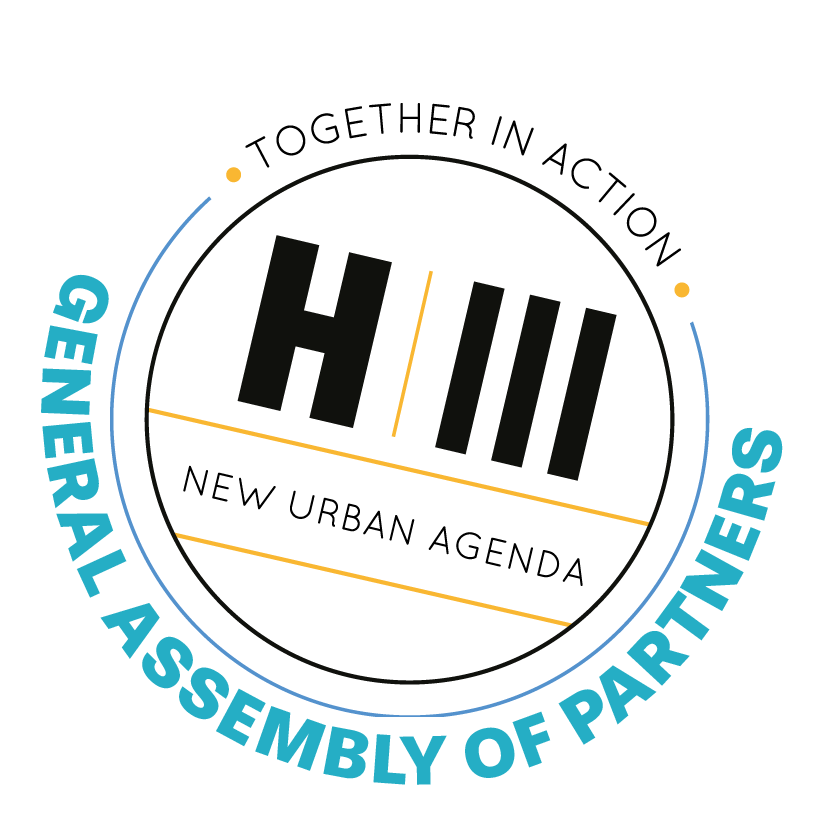Towards Implementation: GAP 2.0
The role of GAP in the Habitat III process is recognized in the New Urban Agenda. The GAP used its strong networks and constituencies to contribute to official events at the Conference itself, ensuring that relevant urban expertise from different constituencies around the world was considered. We research almost every urban cultural identity essay. Many Member States noted the innovation of GAP given that, in addition to giving space for each PCG voice, the GAP also advocated for common positions shared by all PCGs.
In its meeting in Habitat III in Quito in October 2016, the GAP Plenary decided to continue working together. Its membership realized that it had created an exciting level of momentum, partnerships, networks, and collaborations that should not be lost at the Conference. Instead, it decided that it would change its goal from shaping the New Urban Agenda and the Conference to instead focus on contributing to its successful implementation.
GAP is now reconstituting itself as GAP 2.0 in order to make itself “fit for purpose” and to re-orient its momentum and the mobilization of its partnership and networks towards efficient implementation of the New Urban Agenda at every level. GAP seeks to coordinate with other stakeholder engagement platforms and organizations working on implementation to ensure complimentary and productive work and the realization of the vision of the New Urban Agenda.
What’s in the Pipeline
Restructuring for Effective Implementation
The GAP has been revising its Constitution, By-Laws, Procedures, Protocols, and communications to re-constitute the organization around the goal of successful and cohesive implementation. It is in the process of discussing options for the next step of the organization such as a trademark, incorporation, new logo and branding, etc.
Strategic Frameworks
Each GAP PCG has developed its own strategic framework towards implementation of the New Urban Agenda in consultation with its membership. The PCGs will carry out their own relevant work in relation to the constituency while also seeking to collaborate and contribute to ongoing efforts in order to help ensure inclusive and participatory partnerships.
Local Level Collaborations
The GAP has successfully focused on building consensus and advocating for common positions of the PCGs, and has facilitated productive coordination and cooperation at the international level. The GAP has decided to create a directory to ensure that this cooperation reaches down to the local and grassroots levels, creating a system to enable the network organizations and members of GAP to collaborate across and among constituencies around the world for more productive and inclusive projects and actions to implement the New Urban Agenda.
Regional Focal Points
In light of its far-reaching regional memberships and quest to increase the collaboration of its membership at every level, GAP will also be adding structure to include regional focal points of every PCG to ensure that the specific needs, concerns, and projects of the different regions are represented and adequately included within each PCG. This will also enable stronger collaboration among PCGs in local level context.
